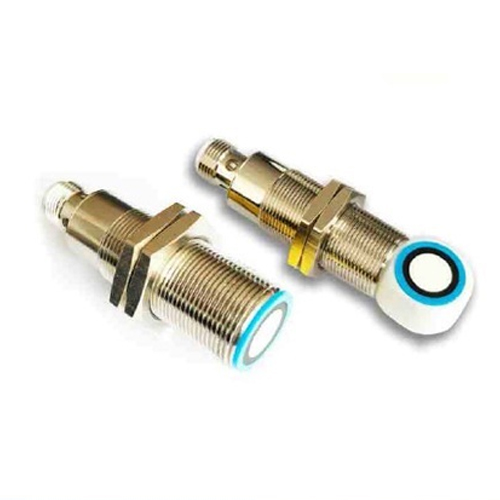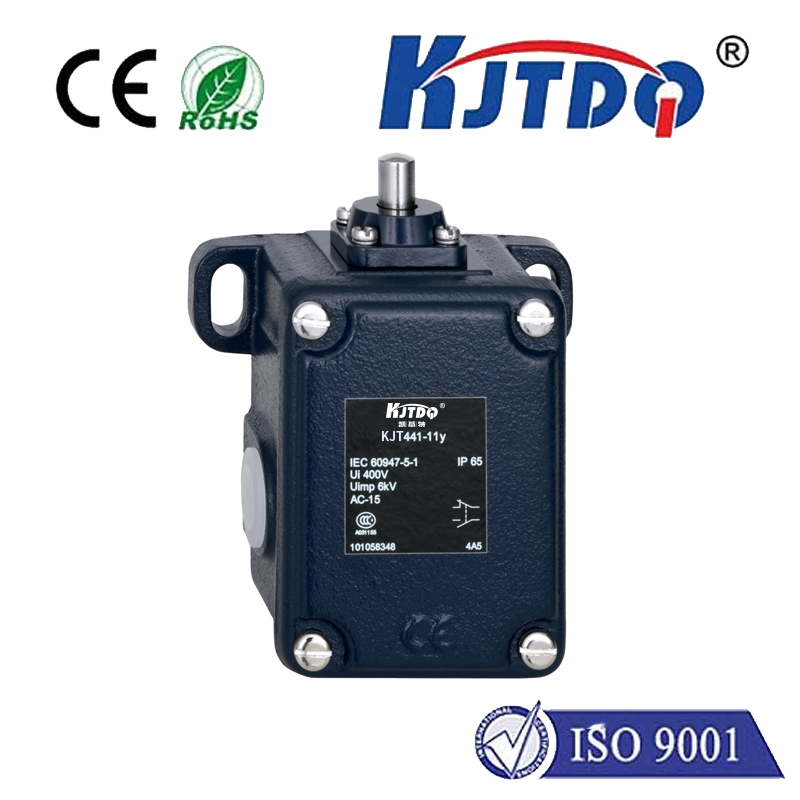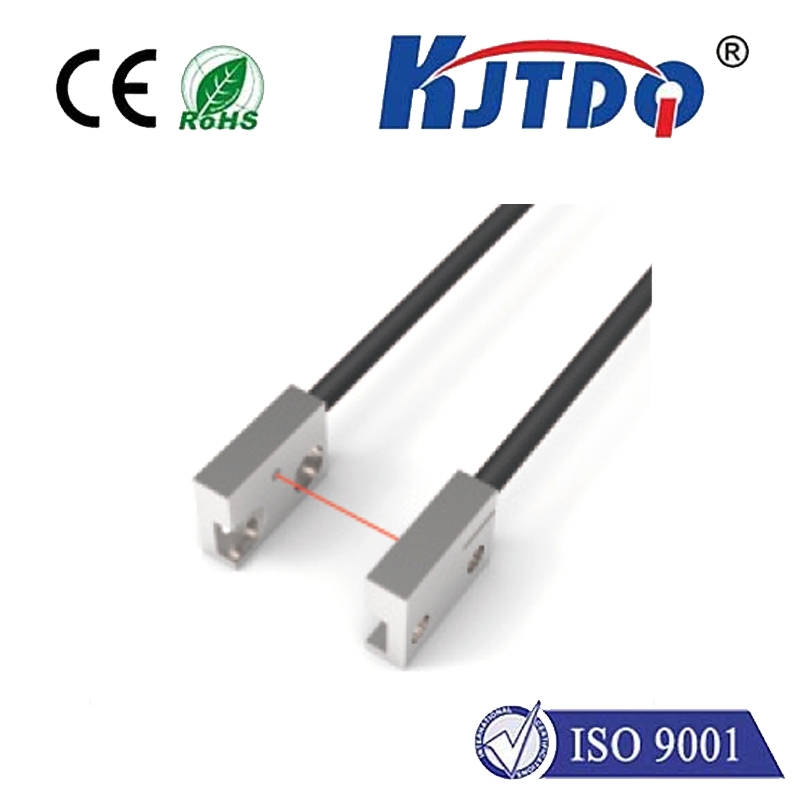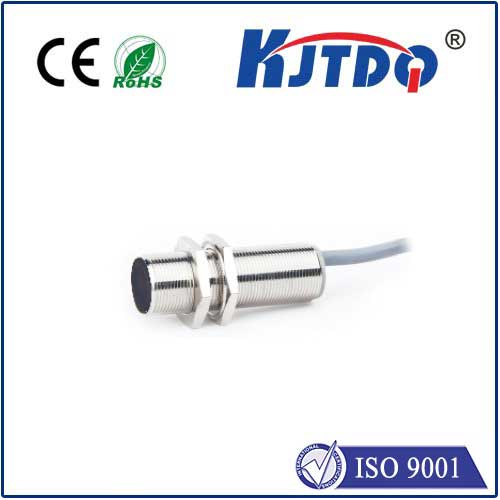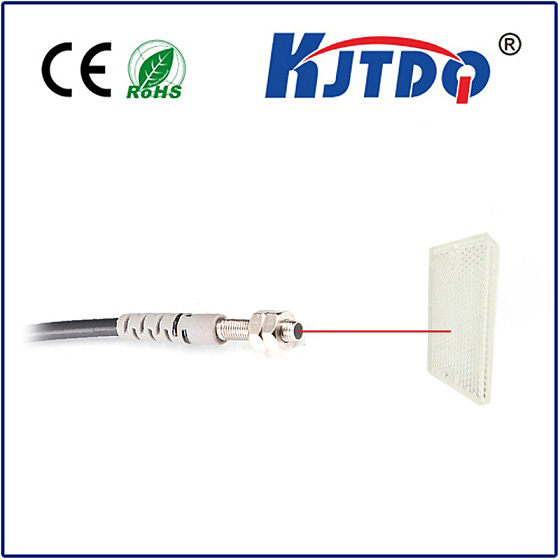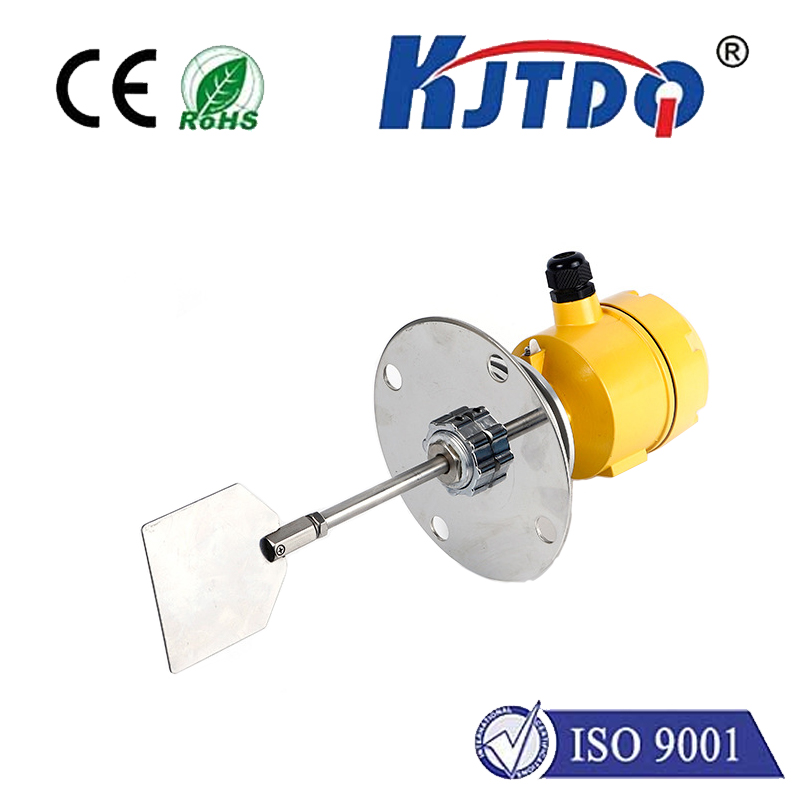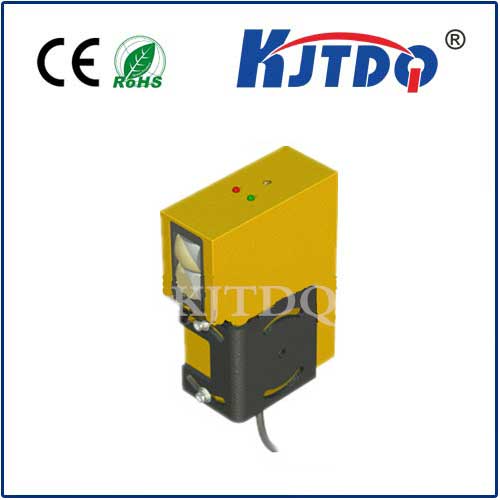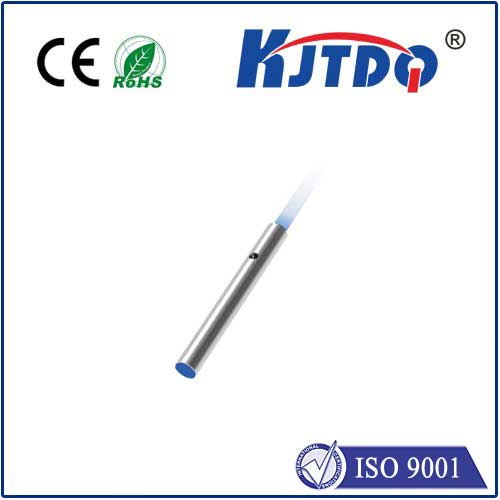photoelectric sensor with time delay output
- time:2025-09-12 04:13:53
- Click:0
Photoelectric Sensors with Time Delay Output: Mastering Control in the Moment (and Beyond)
Imagine a high-speed conveyor belt where packages rapidly pass a critical point. You need a sensor to detect each one, but immediately activating an immediate stop mechanism for every single detection would cause chaotic, inefficient halts if a package is momentarily misplaced. This is where the photoelectric sensor with time delay output transforms from a simple detector into an intelligent control element. It doesn’t just see; it thinks ahead, introducing precision timing into automation logic.
Beyond Immediate Reaction: The Core Principle
At its heart, this sensor functions like any other photoelectric sensor (through-beam, retro-reflective, or diffuse) using light beams to detect the presence, absence, or distance of objects. The revolutionary difference lies in its integrated timer circuit. When the sensor detects the target condition (e.g., an object breaking the light beam), instead of instantly changing its output signal (switching On to Off, or Off to On), it initiates an internal countdown.
- On-Delay (Delay-on-Make): This is the most common type. Detection occurs, but the sensor waits for a predetermined, adjustable delay period (e.g., 0.1 seconds to 10 minutes or even longer on some models) before changing its output state (e.g., turning its output ON). Only after this delay does the signal get sent to the PLC, motor starter, or alarm.
- Off-Delay (Delay-on-Break): Sometimes used for specific scenarios. When the detection condition stops (e.g., the object moves away, restoring the beam), the sensor maintains its output state (e.g., keeps its output ON) for the programmed delay period before reverting to its normal “no detection” output state (e.g., turning OFF).
This programmable time lag between the physical detection event and the electronic output signal change is what defines this powerful tool.

Why Delay? Solving Real-World Automation Challenges
The ability to introduce a deliberate pause offers elegant solutions to numerous industrial headaches:
- Debouncing & Preventing False Triggers: In environments with vibration, dust, or rapidly moving objects (like shaky conveyors or vibrating machinery), a sensor beam might be momentarily interrupted by debris, vibration, or an incomplete object without it being a genuine detection event. A short on-delay (e.g., 50-500ms) forces the interruption to be sustained for the delay period before responding. This effectively “filters out” transient events, preventing costly machine shutdowns or erroneous counts. It ensures only meaningful, stable detections trigger a response.
- Sequencing and Timing Control: Precise timing is vital in assembly lines. Imagine parts arriving on a conveyor. A sensor detects a part. Instead of instantly activating a pusher arm, a short on-delay allows the part to travel the exact distance needed to be perfectly positioned under the pusher before the arm activates. This synchronization is crucial for efficient, damage-free operation.
- Avoiding Overlap Conflicts: Consider two adjacent workstations. A sensor detecting a finished product leaves Station A shouldn’t immediately signal Station B to start if there’s a risk of the next part from A arriving too soon. An on-delay ensures Station B only starts after Station A’s product is fully clear, preventing collisions and ensuring safe, smooth workflow. The delay creates a controlled buffer.
- Ensuring Process Completion: In filling applications, a sensor might detect a bottle entering the fill position. An immediate “stop fill” signal upon arrival wouldn’t work! An off-delay is often used here. The sensor detects the bottle (output turns ON, enabling the filler). After filling, the bottle moves away (beam restored). The off-delay keeps the sensor’s output ON for a short period after the bottle leaves, ensuring the filler nozzle retracts fully before the next bottle arrives, preventing spills or jams. It guarantees critical actions finish.
- Energy Saving & Logic Simplification: Sometimes processes naturally take time. A sensor detecting an operator entering a zone might initiate lighting. An off-delay can keep the lights on for, say, 5 minutes after the last detection (operator leaving), ensuring they don’t instantly turn off if the operator briefly steps out of view, enhancing convenience and potentially saving energy compared to immediate-off timers elsewhere.
Key Features to Consider When Selecting
Not all delay sensors are created equal. Crucially evaluate these aspects:
- Delay Range & Adjustability: What is the minimum and maximum delay time offered? Can it be easily adjusted (e.g., via potentiometer, DIP switches, pushbuttons, or even software)? Fine-grained adjustability is essential for optimizing performance.
- Accuracy & Stability: How precise is the timer, especially over temperature variations and long periods? Look for specifications on timer tolerance (e.g., ±5% of setting + 20ms).
- On-Delay vs. Off-Delay: Ensure the sensor offers the specific delay type (or potentially both) required for your application. Some advanced models are switchable.
- Programming Interface: Consider ease of setup. Potentiometers are simple; pushbuttons with digital displays offer precision; IO-Link enabled sensors allow remote configuration via PLC. Choose according to the complexity and accessibility needs.
- Standard Sensor Performance: Don’t forget the core photoelectric specs! Ensure the sensing range, light source (red light, infrared, laser), environmental rating (IP67/IP69K), housing material, and electrical output (PNP/NPN, NO/NC, relay) meet the physical demands of the application independently of the delay function.
Integration: The Power Coupled with Control
The sensor with delay output simplifies control logic. Instead of relying solely on the PLC to implement timers for every detection event—consuming valuable PLC resources and increasing program complexity—much of the timing logic is handled directly at the sensor level. This distributed intelligence leads to leaner PLC programs, faster scan times, and more robust overall systems. The sensor sends a pre-processed signal – “Object detected and stable for X ms,” or “Object left but maintain output for Y ms.” The PLC can then act based on this more meaningful information without needing intricate timing loops for routine filtering and sequencing.
The Strategic Advantage: More Than Just Detection
Integrating a photoelectric sensor with time delay output elevates it from a basic switch to a sophisticated control component. It tackles noise, ensures precision sequencing, prevents mechanical conflicts, and guarantees process integrity, all while simplifying higher-level control systems. By mastering the art of the purposeful pause, these sensors inject reliability, efficiency, and intelligence into the very heartbeat of automated processes. Whether it’s eliminating a thousand false alarms or perfectly timing a robotic arm’s movement, this small device delivers outsized benefits for smoother, smarter, and more dependable operations.






